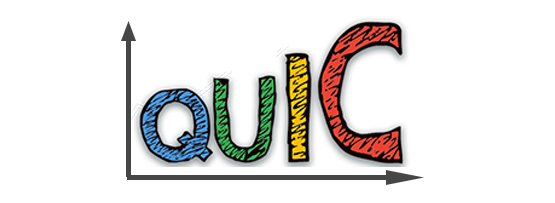How Much of the Internet Is Using QUIC?

It’s been five years since Google launched QUIC — a new transport protocol that is deployed on the shoulders of UDP in user space. QUIC offers similar properties as TCP + TLS 1.3 but promises to incorporate new features more easily and without them being dropped by legacy systems that don’t support them, for example, middleboxes that block new TCP features — a problem that TCP has faced since its initial deployment. QUIC tackles the problem by offering a fully encrypted transport protocol, thereby removing the possibility for middleboxes to alter its content.
Some say this challenges the operability of networks as traditional measures that rely on unencrypted headers cannot be applied anymore. Google’s implementation is open-source and, over time, has spawned other independent implementations. In our paper, A First Look at QUIC in the Wild, — published at the Passive and Active Measurement (PAM) Conference 2018 — we monitored and analyzed the growth of QUIC in three different networks: a publicly available university uplink (MAWI Samplepoint-F); a major European Tier-1 network, including its mobile network; and a major European IXP.
Source: apnic.net